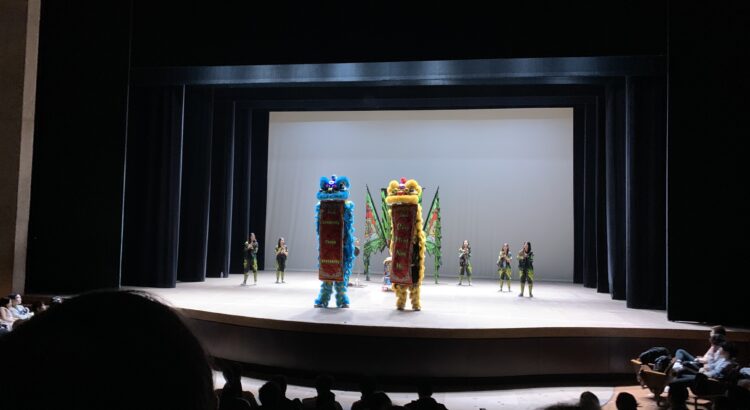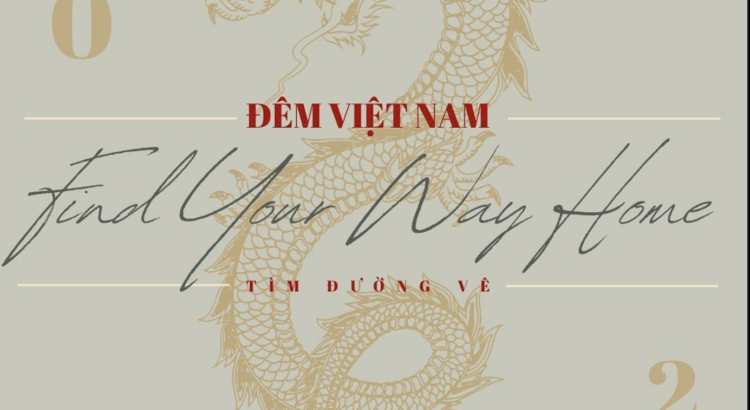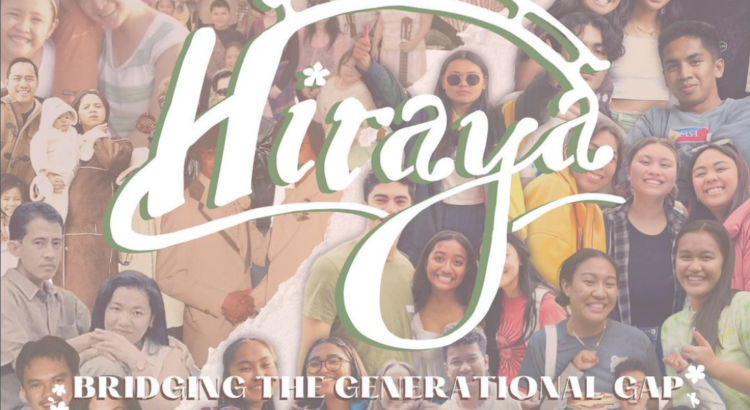*The image above features Lambda Theta Alpha Latin Sorority, Incorporated; sorry I didn’t have a good seat to take a picture from :,)*
I saw many familiar organizations from the Yardshow last semester at the Multicultural Greek Exhibition (MGX) on Saturday. Since this event was in a smaller and more private venue, I think I got to know more about the community; one art form I really appreciated seeing again is called a ‘salute’. It’s a tradition unique to many Latino-Greek organizations and is performed in a line formation. They described it as being different from a step or stroll, which are more dance-like, and compared it to a form of poetry expressed through both recitation and movement honoring past accomplishments and cultural history.
Saluting can be startling when seeing it for the first time due to its intense nature, and I hadn’t heard of it before last Saturday; when I first saw it at the Yardshow I didn’t even know that some of the performances I was watching were called a salute. I’m sure many others haven’t heard or seen a salute before either because of how integrated it is in Greek (specifically Latino-Greek) culture and there aren’t many opportunities to see them. I highly recommend it though, because it’s truly a special experience.
It’s impossible for me to capture the salutes I saw only in words, but in my best attempt to describe it the members were SO powerful with their facial expressions, had amazing coordination, showed unbreakable unity, and expressed passionate language. You truly see a whole other side to someone who is performing a salute. Their hard work is so impressive.
I did enjoy the other groups too! I’ve only been attending more serious dance-focused events recently, as in the performers and centered around dance performance, and coming to this event reminded me of how much fun it is for the audience AND the performers when they’re not even ‘dancers’.
While I don’t want to compare, I did prefer the Yardshow more, largely due to the location. Since it was indoors and in a smaller room, there wasn’t much awareness or accessibility to the general public that the event was happening. This meant that the amount and kind of audience were limited and the view I had of the stage wasn’t very good.
Still, it was a fun time and I’m glad I went! Shoutout to all the organizations that performed, especially Lambda Theta Alpha Latin Sorority, Incorporated for organizing it and doing such a good job hosting.

















